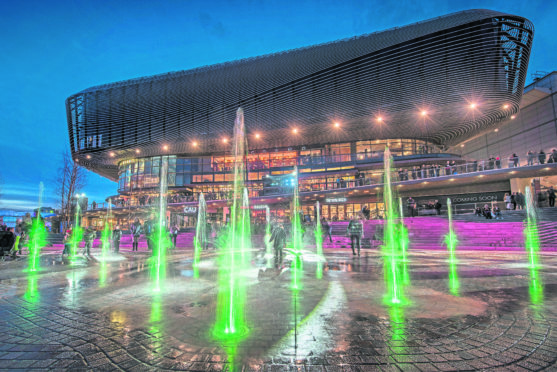At a time when holidaymakers are venturing to ever-more exotic parts of the world to find the latest hidden gem, some remain a lot closer to home.
For generations, Southampton has been the destination for couples and families to travel to in order to start their vacation, merely a stopover before boarding one of the massive cruise liners that set sail from there.
However, now the historic city is making a name for itself as a city break location in its own right following £2 billion of investment, with a mix of art and multiculturalism, while celebrating its own varied heritage.
Our break to the south coast began at Aberdeen Airport where Flybe connects the cities with direct flights on Friday and Sunday evenings. Once on the ground in Southampton, regular trains connect the station, which is only 99 steps from the terminal, into the heart of the city in just six minutes.
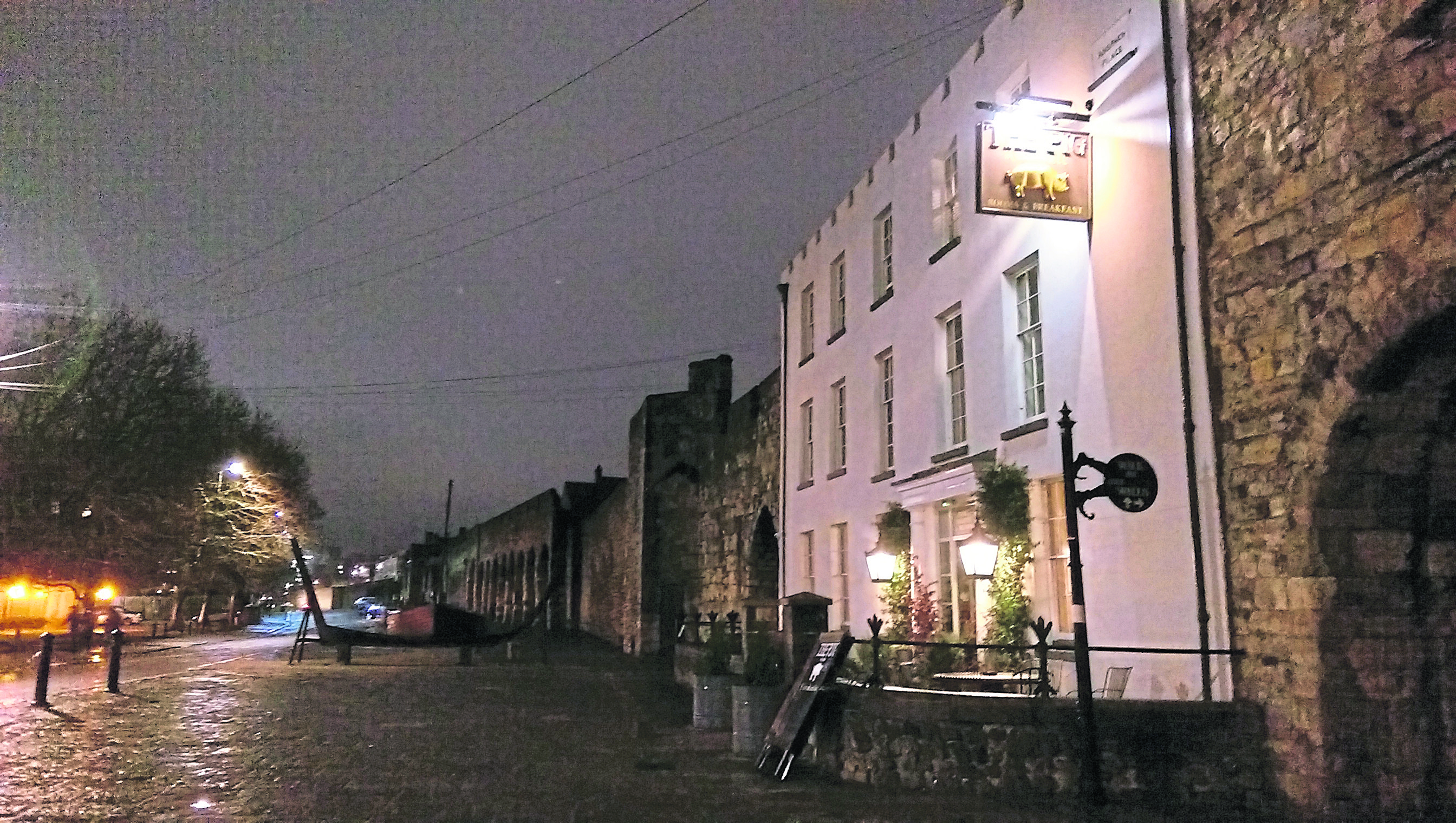
Our base for the weekend was the Pig in the Wall boutique hotel – which takes its name from the historic sea defences that it is embedded into – just yards away from the gate where the American pilgrims began their voyage to the New World in 1620.
A large continental breakfast served on the lengthy bar set us up for a day of exploring.
And we were going to need it, for immediately Jack Wilson, a walking tour guide with See Southampton, had us walking the length of the city walls built to protect it from conquerors – the third longest of their kind still standing in the UK.
In just a couple of hours we walked the streets where Jane Austen used to live, descended below ground into one of the medieval vaults used to store wine centuries ago and learned about the pivotal role locals played in the Second World War by building Spitfires despite heavy bombing raids.
History and the 21st Century merge in Southampton’s city centre with the Bargate, which was the historic 12th Century entrance beyond the walls, just yards away from the cavernous Westquay shopping centre.
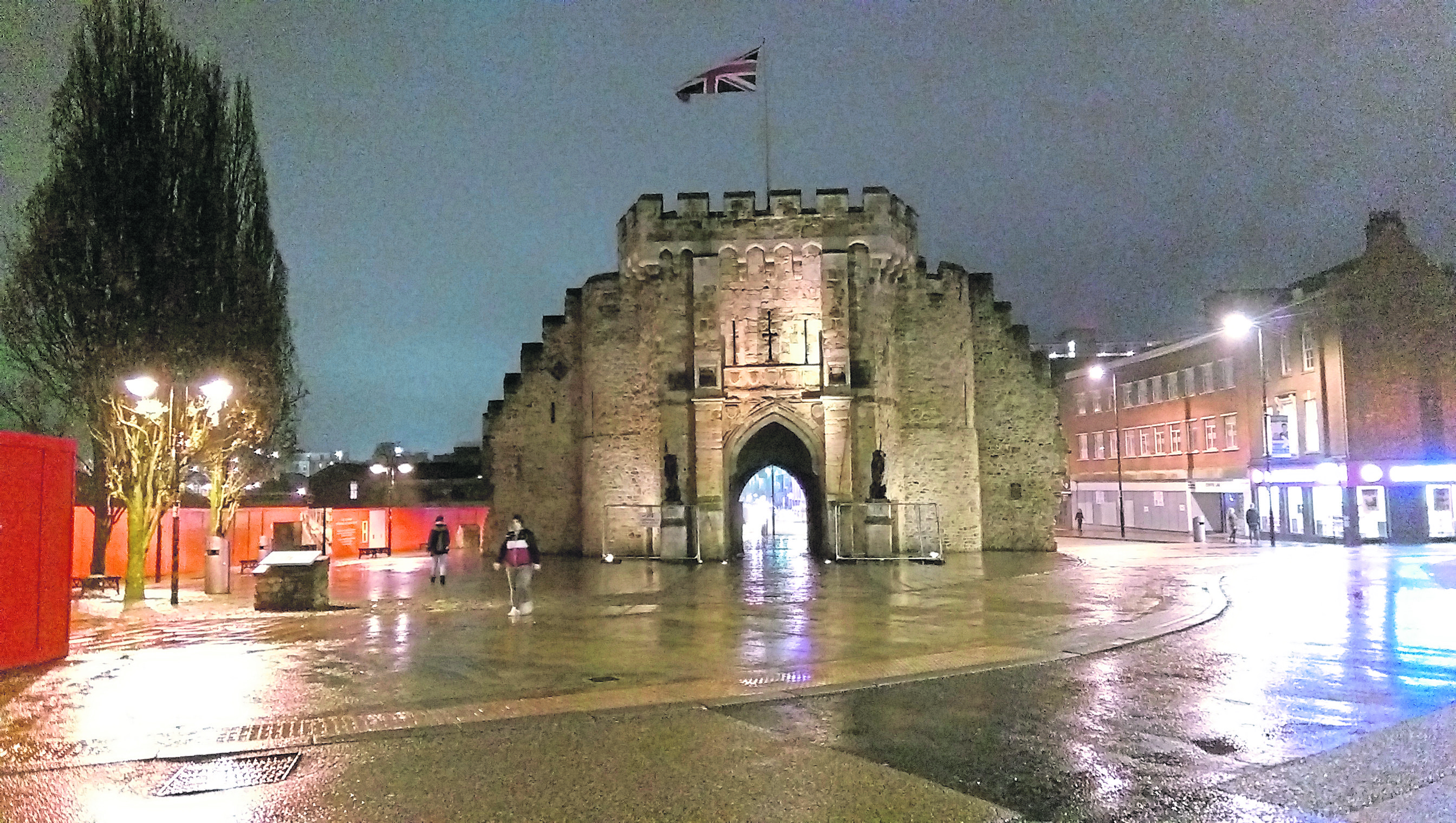
And with a population only slightly bigger than Aberdeen, all of the attractions are within walking distance.
Our afternoon took us to the Tudor House and Garden, where a warren of rooms in one of Southampton’s oldest surviving buildings dating back to the days of King Henry VII, sit alongside plants from the era growing outside.
A short walk away the Sea City Museum tells the story of Titanic’s only voyage, which began from Southampton, through crew members and passengers from the area.
The disaster is still felt in the community, with flowers adorning many of the memorials to the dead, which included about 500 crew from the city.
At night, the city comes alive with a huge variety of bars and restaurants serving more than 150 cuisines. We took a walk to the Mauritian street kitchen Lakaz Maman, which is headed by Shelina Permalloo, winner of 2012’s MasterChef competition.
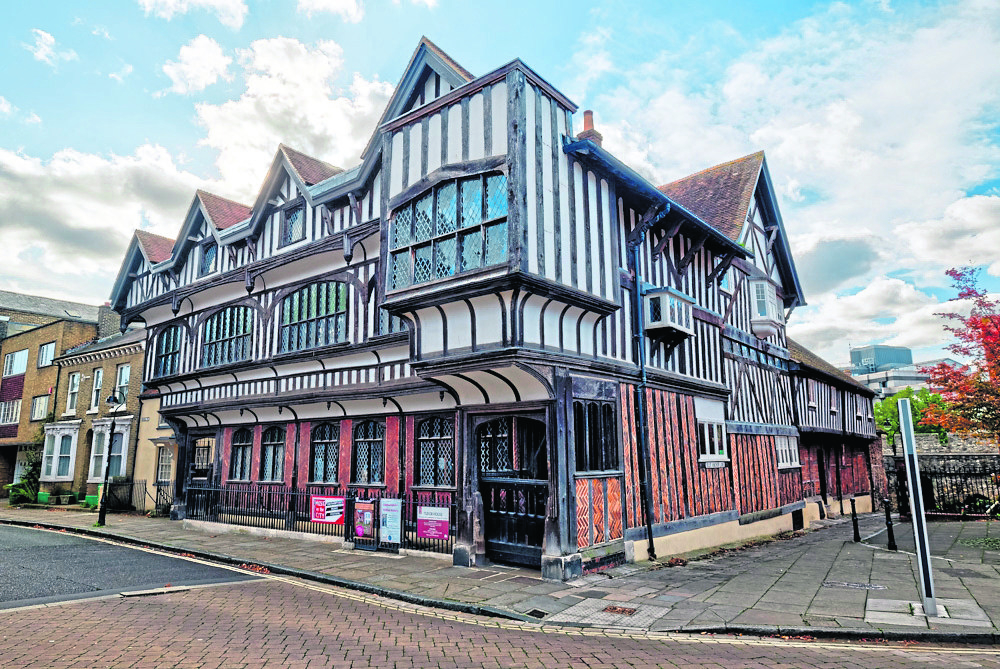
The trophy from the TV show is on display behind the counter, while celebrating groups tuck into their orders of huge ribs, tropic curries and stacked burgers.
Then there is the £30 million Nuffield Southampton Theatre which has just celebrated its first birthday – providing an intimate home to stage its own productions or welcome some of the country’s biggest names from comedy and showbusiness.
For our visit we stepped back in time to the Second World War with the acclaimed play The Shadow Factory, shining a light on how the community rallied during the conflict.
A night’s slumber at the Pig in the Wall was followed by a blast in a spacious monsoon shower, included in every room.
For breakfast, we headed to the up-and-coming Oxford Street for its mix of eateries, bars and traders – many of which are proving hits with players of the local Premier League football club.
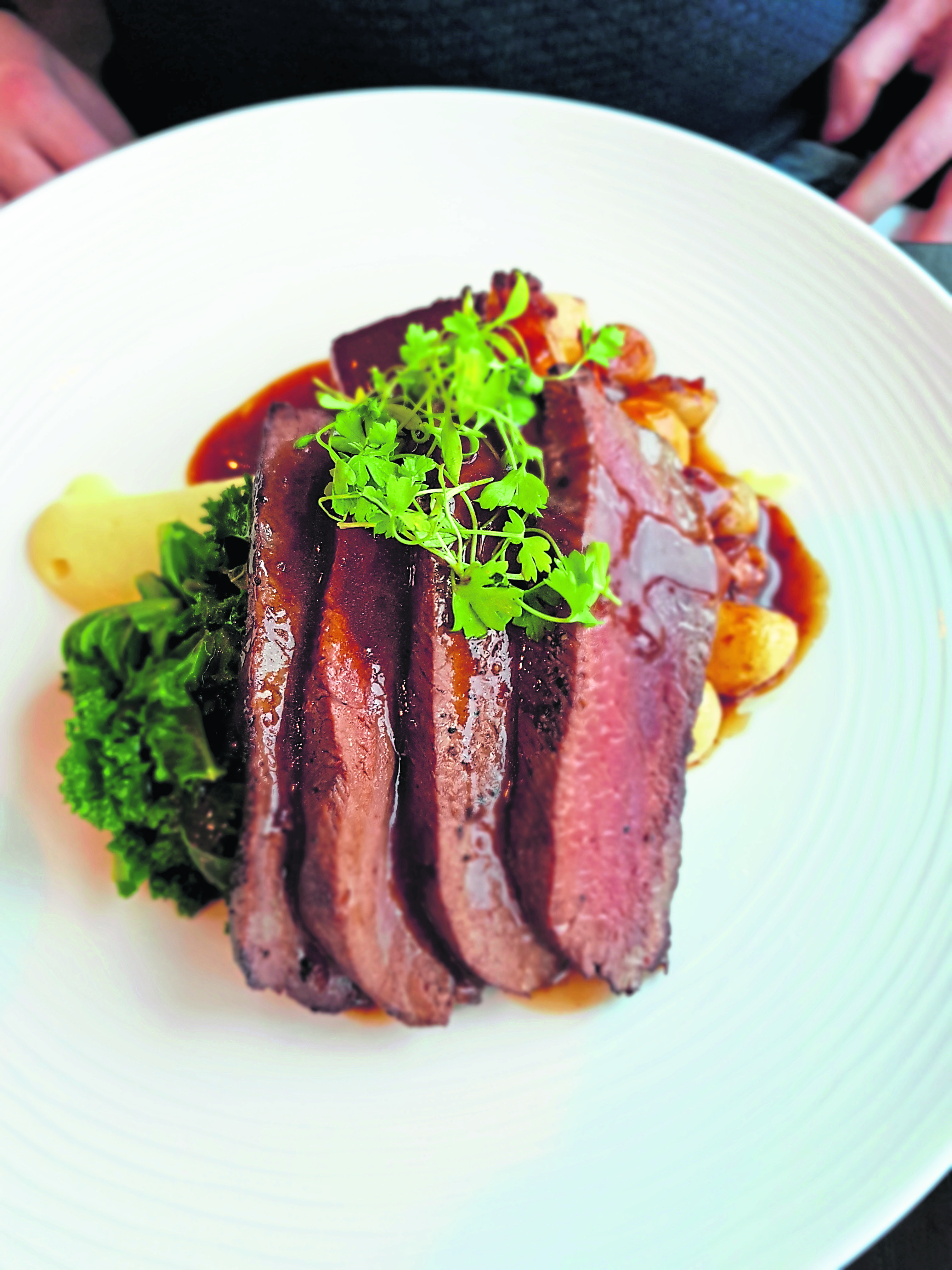
Decades ago, the thoroughfare bustled with passengers staying the night before boarding liners to cross the Atlantic. Now the pedestrian precinct allows bars to spill out into outdoor courts during the summer months and play host to events including music festivals.
Nearby aviation museum Solent Sky tells the story of the county’s heritage building aircraft – including an iconic Spitfire and hulking flying boat, which once connected Southampton to the rest of the world.
Before catching the flight home from the airport, there was just enough time to stop for dinner at Gatehouse 1833, based on the waterfront at the historic Royal Pier.
It is housed in an Art Deco building, where head chef Lee Burden serves up a modern twist on British favourites, including juicy and exquisite Sunday roasts.
Within minutes we were back on the train heading to the airport at the end of our stay.
With a mix of culture and nightlife and huge investment, it is no surprise that Southampton is enjoying a growing reputation as a city break destination.
Today, passionate businesses are continuing to increase attractions for tourists to give it the impression of riding on the crest of a wave.
